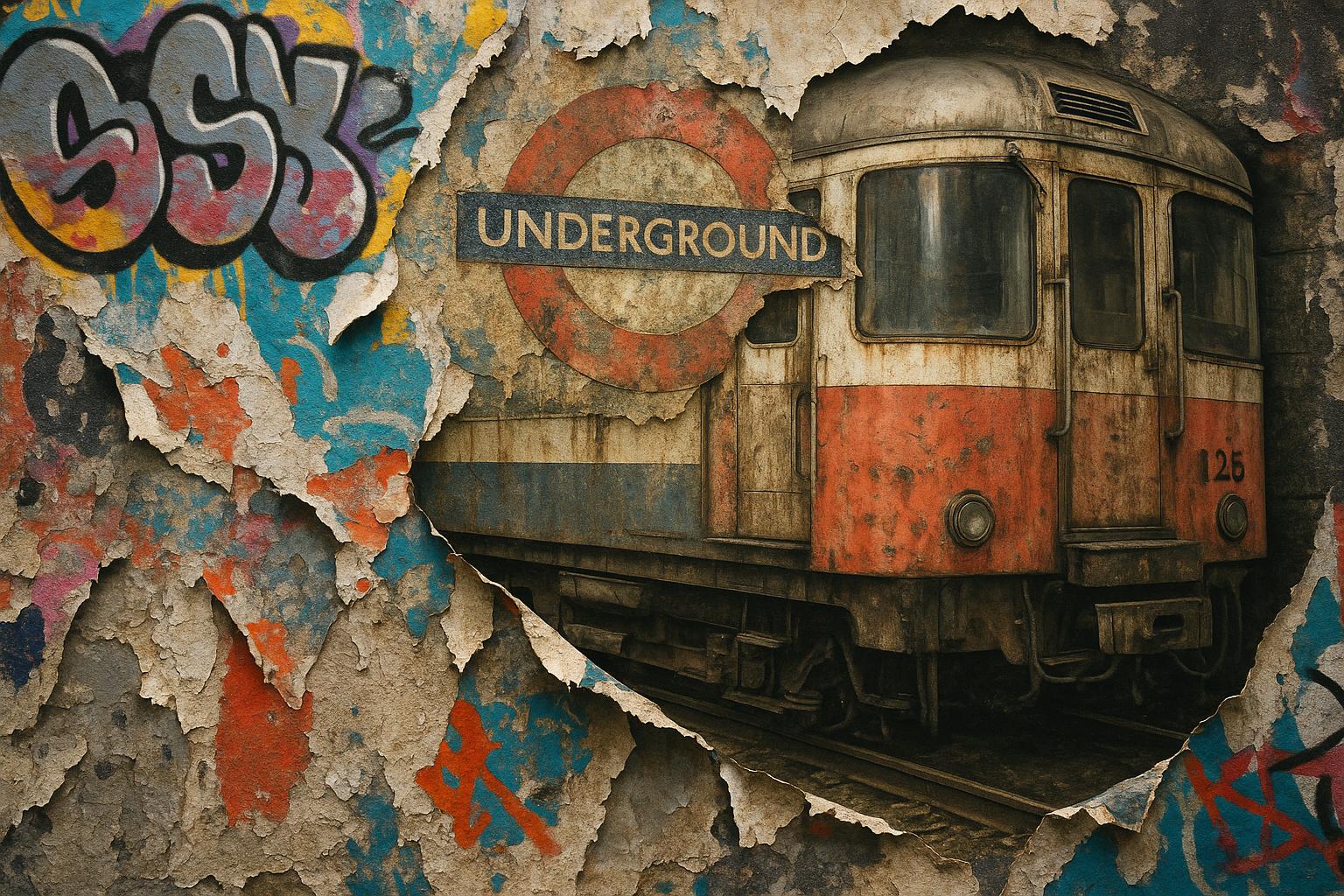Transport for London (TfL) is currently engaged in a relentless 24/7 cleaning operation to combat a sharp rise in graffiti vandalism on the London Underground, particularly affecting the Central and Bakerloo lines. In recent months, TfL teams have been removing thousands of graffiti tags weekly—over 1,000 on the Bakerloo line and more than 2,000 on the Central line. The increase has been so pronounced that it amounts to roughly one piece of graffiti being cleaned every 11 minutes across these lines.
This surge in vandalism is predominantly seen as tagging—a quick form of graffiti where vandals spray-paint their signature or emblem across train carriages. The visual impact has sparked considerable public outcry, with passengers and social media users describing the state of the trains in stark terms, some likening it to a "horror film set." Calls from the public for harsher penalties for offenders, including heavier fines, imprisonment, or community service involving carriage cleaning, have been vocal.
TfL attributes the rise in graffiti partly to the absence of onboard CCTV cameras on the Bakerloo and Central lines, which leaves these trains vulnerable to attacks. Compounding the issue is a shortage of available trains on these routes, as many are aging models undergoing upgrades or replacements. This shortage restricts TfL’s ability to withdraw vandalised trains from service immediately for cleaning, as removing vehicles would disrupt service, particularly during peak hours.
A spokesperson for TfL explained that while previously they could remove trains from circulation the moment they were vandalised to facilitate quicker cleaning, the dwindling number of operational trains now makes this approach unfeasible without negatively impacting service reliability. To address the problem, TfL has implemented an accelerated cleaning programme that operates around the clock to swiftly remove graffiti and maintain the network’s appearance.
The transport body emphasises that this situation underscores the urgent need to secure investment for the Tube network. Replacement and upgrade of the oldest train fleets are central to improving operational flexibility and ensuring a high-quality, world-class transport experience for both Londoners and visitors alike. The ongoing efforts highlight the challenges TfL faces balancing maintenance, security, and service provision in one of the world's busiest metro systems.
This spike in graffiti and the resultant operational challenges also reflect broader concerns about infrastructure ageing and the need for enhanced security measures across urban transit networks. The London Underground’s experience serves as a reminder of how vandalism can have cascading effects on service quality, passenger experience, and maintenance logistics, necessitating coordinated responses encompassing enforcement, community engagement, and infrastructure investment.
📌 Reference Map:
- Paragraph 1 – [1] MyLondon, [2] Evening Standard
- Paragraph 2 – [1] MyLondon, [2] Evening Standard
- Paragraph 3 – [2] Evening Standard, [3] BBC
- Paragraph 4 – [1] MyLondon, [3] BBC, [4] BBC
- Paragraph 5 – [1] MyLondon, [2] Evening Standard
- Paragraph 6 – [2] Evening Standard, [3] BBC, [6] London World
Source: Noah Wire Services
